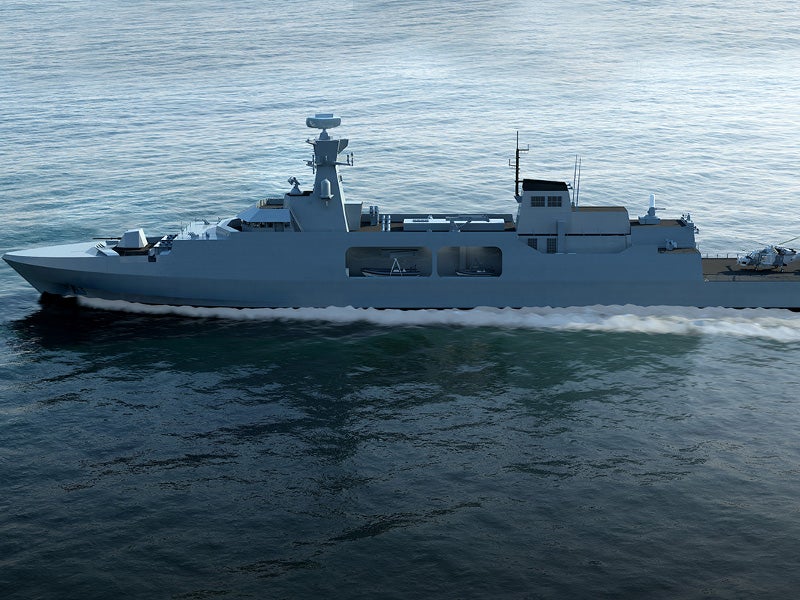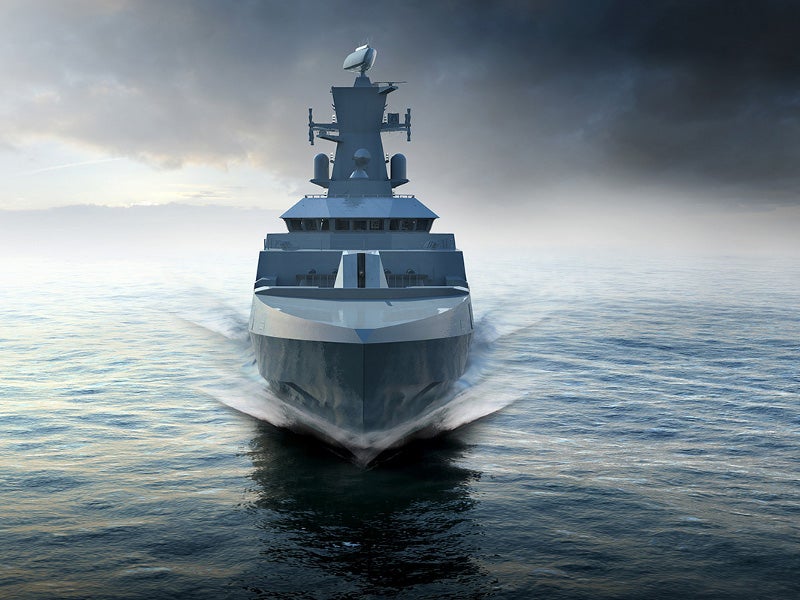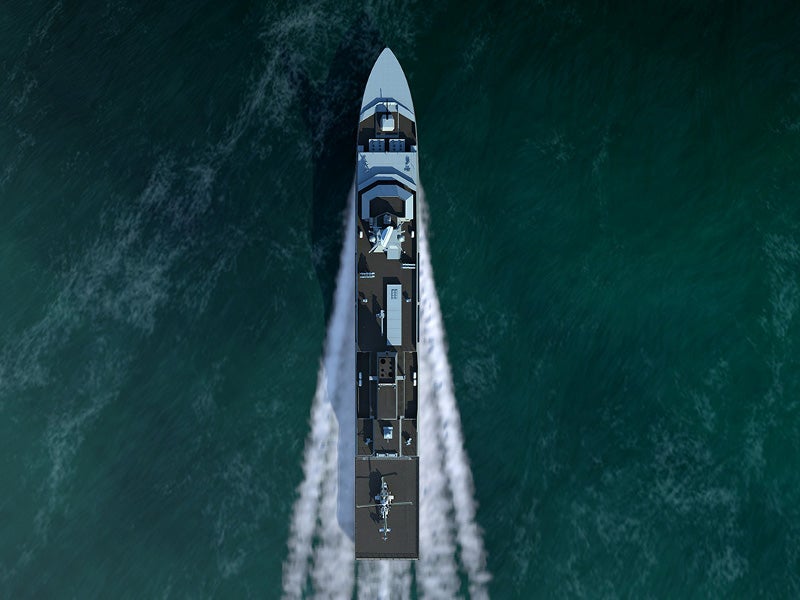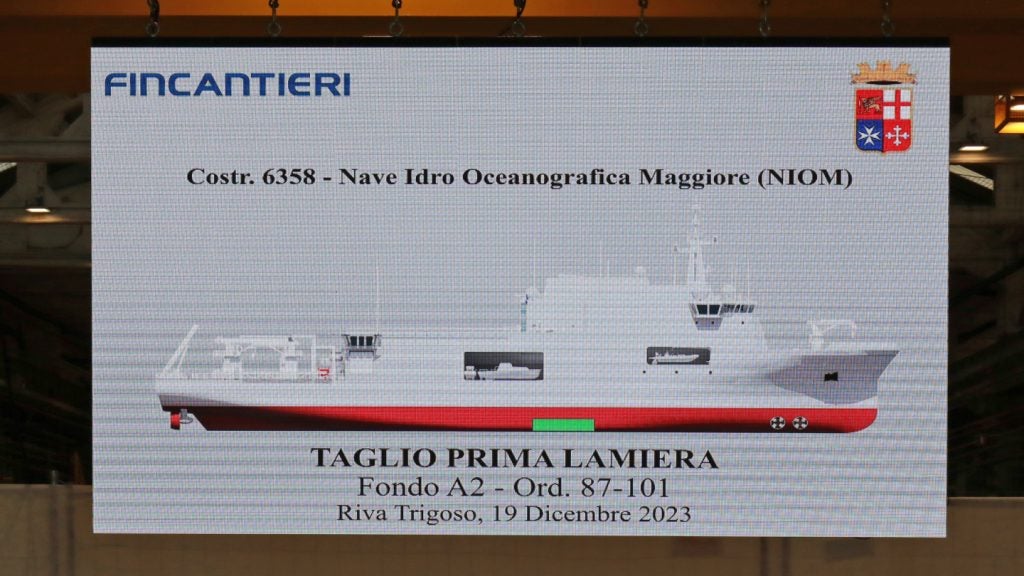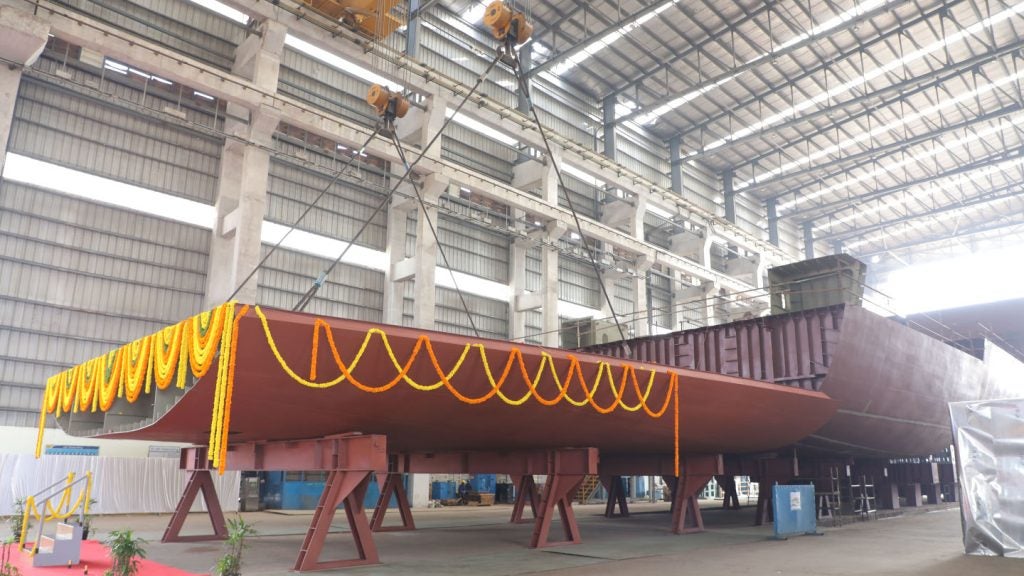Leander is a new general-purpose frigate designed by Team Leander, which was headed by Cammell Laird, in collaboration with BAE Systems.
The frigate was developed for the Type 31e general purpose frigate programme, which is intended to address the requirements of the British Royal Navy. The Type 31e frigate programme along with Type 26 frigates is designed to replace the Type 23 frigates.
Leander frigate’s design submitted by Team Leander is one of the three designs shortlisted for the construction of the Type 31 frigate. The other two bidders, Babcock Team 31 and Atlas Elektronik UK, also participated in the comprehensive competitive process.
The UK Ministry of Defence (MOD) named Babcock Team 31 as the preferred bidder for the construction of the Type 31 frigate in September 2019. The company will build Arrowhead 140 in partnership with the Thales Group.
Leander was designed to perform multiple missions, including maritime patrol, anti-submarine warfare, surveillance and interdiction, counter-piracy, as well as humanitarian and disaster relief operations.
The design and combat systems of the vessel were provided by BAE Systems, while the construction and assembly works were handled by Cammell Laird.
Leander general-purpose frigate design and features
The Leander general-purpose frigate has a length of 117m and a moulded beam of 14.6m. Design draft and a light seagoing air draft of the vessel are 4.5m and 27m respectively.
The hull form is optimised to conform to the naval standards and ensure mission readiness in difficult situations. It is intended to reduce maintenance costs and risks involved when operating in harsh environmental conditions.
The frigate features two boat bays on either side of the hull that is used for the rapid deployment of rigid-hulled inflatable boats (RHIB) and unmanned systems.
The large mission bay of the vessel enables storage of large ISO containers and cranes and offers flexible space for the accommodation of additional cargo.
Operating air temperature range of the frigate is between -9ºC and 45ºC, while the seawater temperature range is between 0ºC and 32ºC.
The vessel is also available in four different configurations with variable lengths, including 99m, 102m, 117m, and 120m. It accommodates a maximum of 137 passengers and has a displacement of 3,677t.
Further customisation is also possible with the installation of additional weapon systems, militarised combat management systems, and platform equipment based on customer requirements.
The flight deck of the frigate offers a large area for the landing and take-off of helicopters. It also features landing lights and flight deck safety equipment.
Weaponry on board Leander general-purpose frigate
The forward bow deck of the frigate features a weapon station mounting a 57mm to 127mm heavy machine gun, while the stern is equipped with three weapon mounts, which can be armed with 20mm to 40mm secondary guns. The firepower of the vessel is further enhanced by multiple general-purpose machine gun (GPMG) mounts.
A large deck area is installed with a Phalanx close-in weapon system (CIWS), a Mark 41 vertical launching system (VLS), and more than 12 common anti-air modular missile (CAMM) launchers. The VLS is capable of firing a range of missiles, including anti-aircraft, anti-submarine, anti-surface, and land-attack missiles.
Sensor suites and payloads
The combat management system supplied by BAE Systems provides multi-level security and a shared infrastructure to the on-board troops.
The sensor suite on board the frigate includes a Type 997 Artisan Radar, hull-mounted sonar, twin tow array, navigational equipment, and a decoy launching system.
Propulsion and performance features of the frigate
Leander general-purpose frigate is equipped with a combined diesel and diesel (CODAD) propulsion system, consisting of two engines with a power production capacity of 9.1MW each. The propulsion system also included twin shafts and controllable pitch propellers (CPP).
The powertrain is composed of a Z-type port and U-type starboard-type gearboxes. The slow-speed electric drive propulsion system on board the vessel addressed the vessel’s auxiliary power requirements. Two 700kW electric motors are fitted on to the twin shafts in the vessel.
The propulsion system enables the vessel to achieve a maximum speed of 25k. The maximum speed when driving on electric power is 12k, while the maximum range at 12k and 16k speeds is 8,100nm and 7,600nm respectively. The vessel can continuously perform operations for 35 days.

